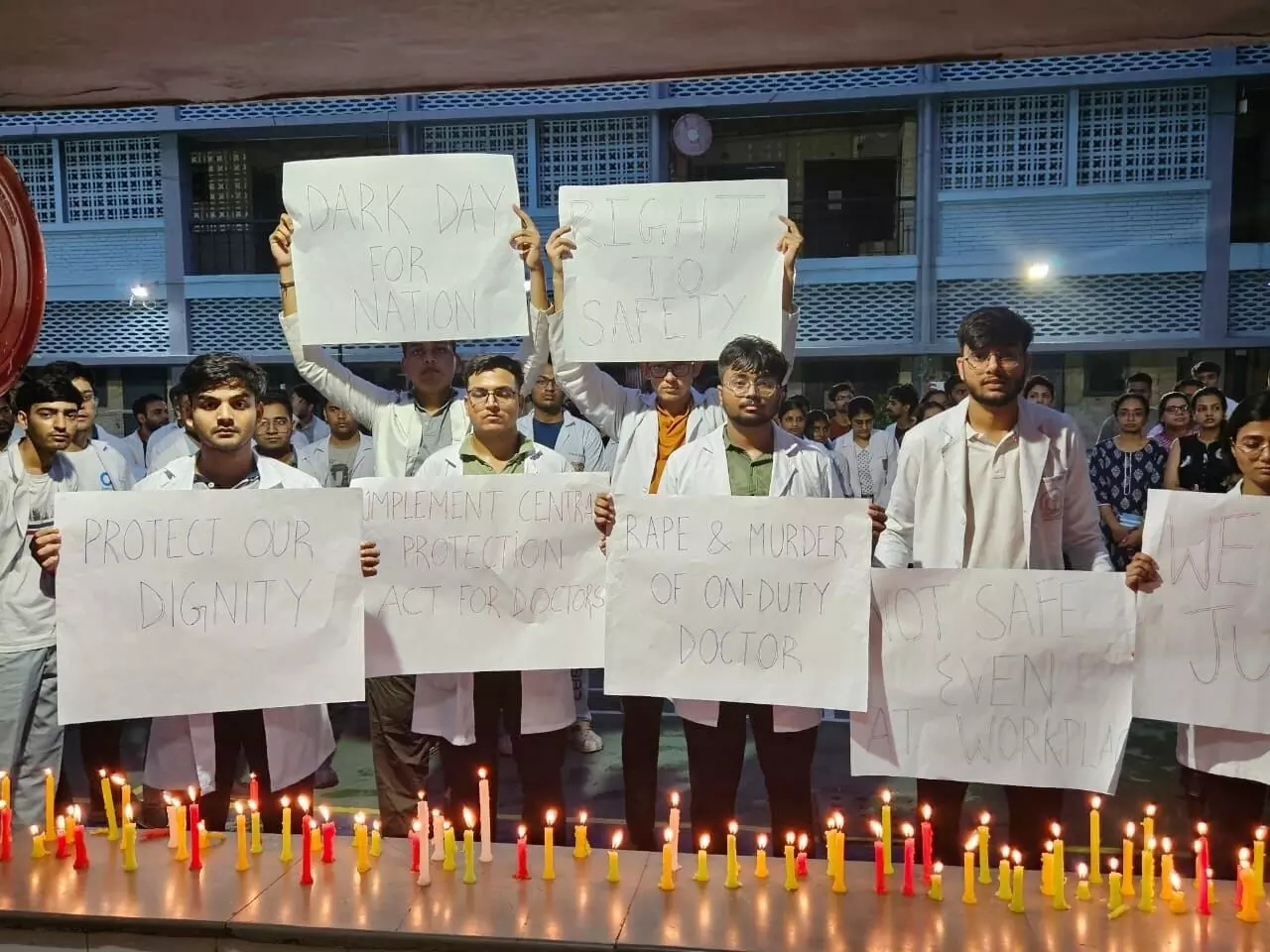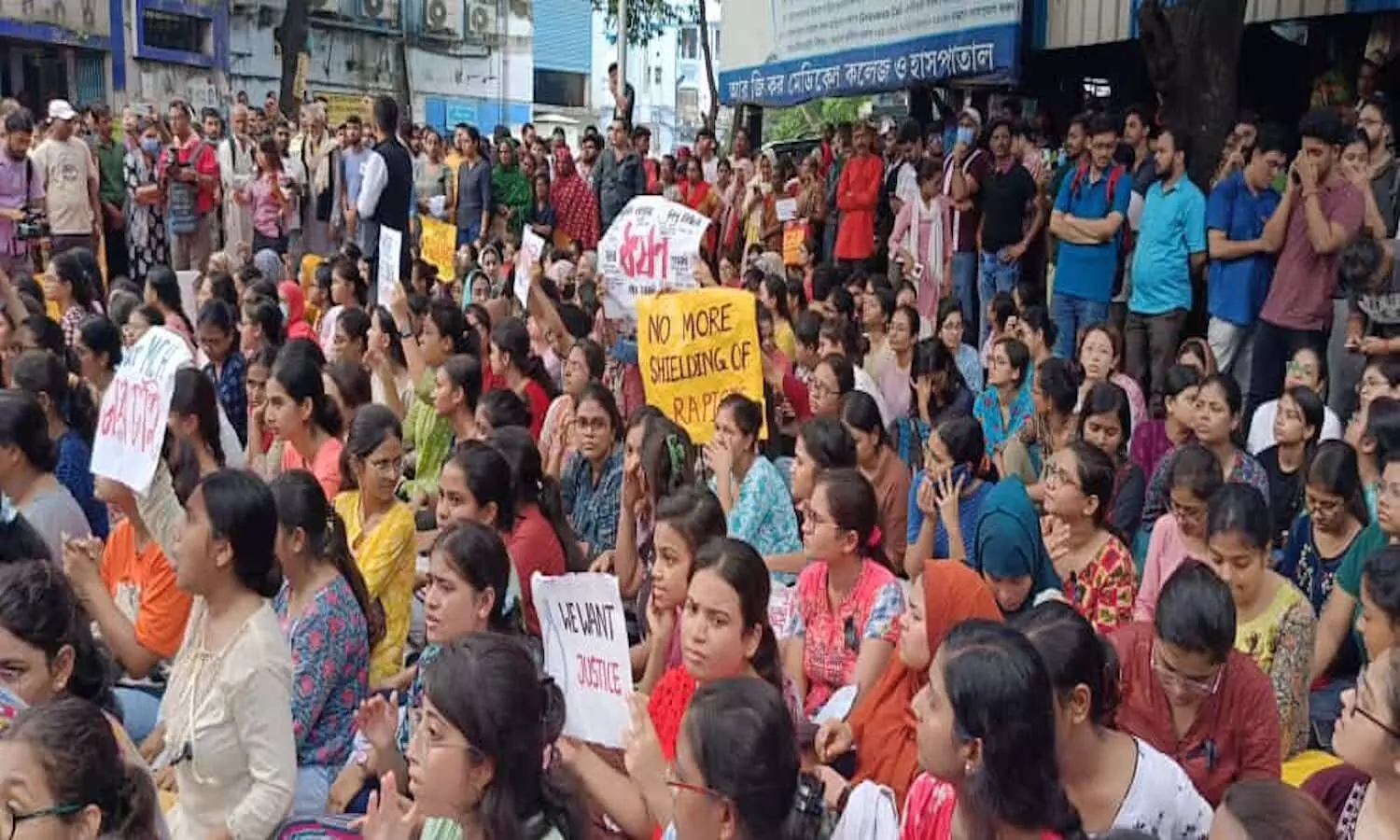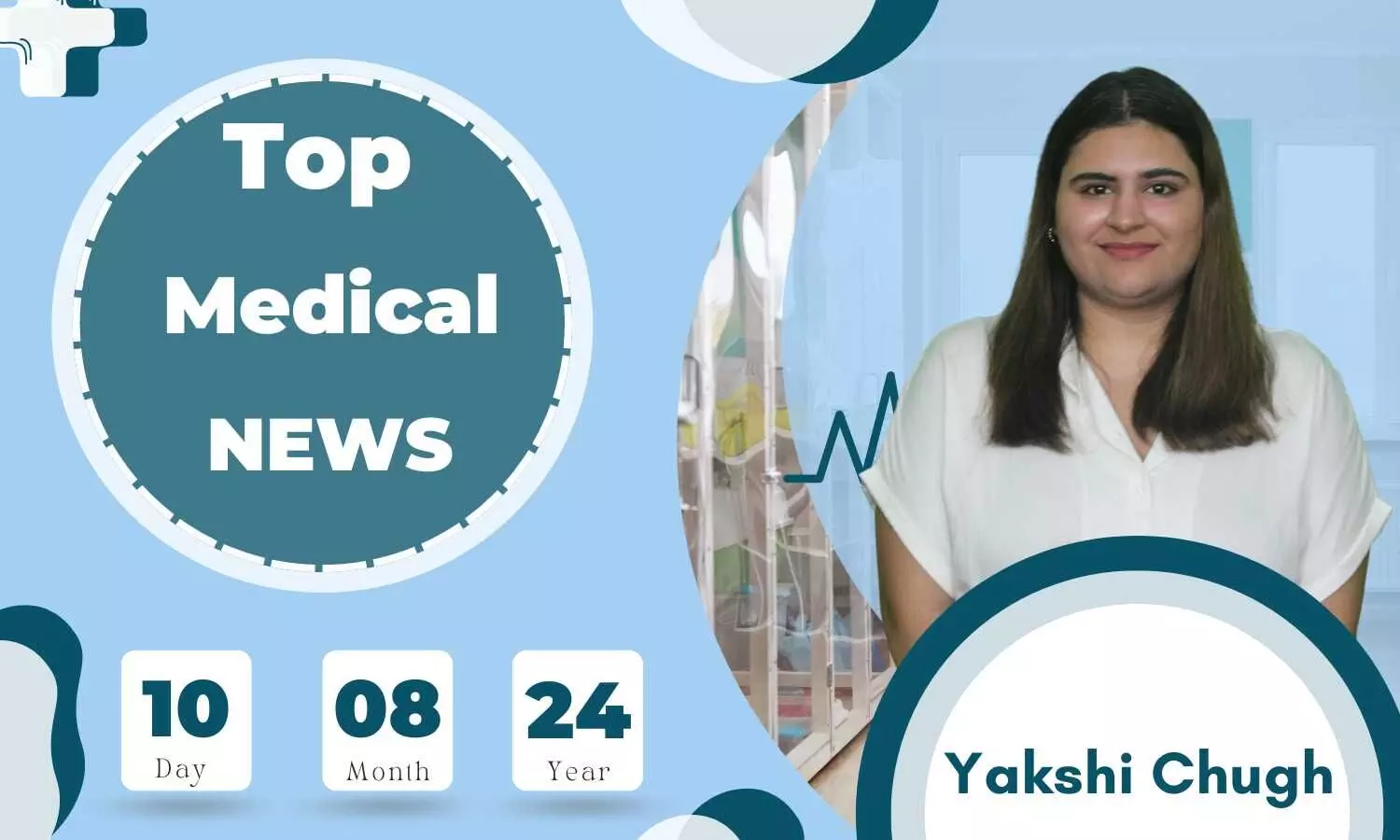'Zika-like' mosquito-borne virus has spread into Europe, health officials warn - Fox News
- 'Zika-like' mosquito-borne virus has spread into Europe, health officials warn Fox News
- Oropouche fever, the mysterious threat The Lancet
- Sloth Borne Virus That Has Killed People In Their 20s Rapidly Spreading In Europe NDTV
- Travelling soon? This insect-transmitted virus is spreading at ‘unprecedented scale’ - National Global News Toronto
- Travellers urged to stay ‘vigilant’ after Oropouche virus brought back to Europe The Telegraph
1 year 2 months ago
Scientists discover gene linked to the severity of respiratory viral infections - The Peter Doherty Institute for Infection and Immunity
- Scientists discover gene linked to the severity of respiratory viral infections The Peter Doherty Institute for Infection and Immunity
- Patients seriously affected by flu or Covid may have high levels of crucial enzyme, research finds The Guardian
- Gene linked to life-threatening respiratory viral infections Cosmos
- Oleoyl-ACP-Hydrolase Drives Lethal Immune Responses to Respiratory Infections Technology Networks
1 year 2 months ago
Medical News, Health News Latest, Medical News Today - Medical Dialogues |
Aurobindo Pharma net profit increases 61 percent to Rs 919 crore in Q1
1 year 2 months ago
News,Industry,Pharma News,Latest Industry News
Michigan resident infected with swine flu - Food Safety News
- Michigan resident infected with swine flu Food Safety News
- Ingham County resident has H3N2 swine flu virus Detroit Free Press
- Michigan reports human case of swine flu Reuters.com
- MDHHS: Swine flu variant detected in Ingham County, source still under investigation WWMT-TV
- First Michigan swine flu case of 2024 identified in Ingham County Detroit News
1 year 2 months ago
Sloth Borne Virus That Has Killed People In Their 20s Rapidly Spreading In Europe - NDTV
- Sloth Borne Virus That Has Killed People In Their 20s Rapidly Spreading In Europe NDTV
- Travellers urged to stay ‘vigilant’ after Oropouche virus brought back to Europe The Telegraph
- 'Zika-like' mosquito-borne virus has spread into Europe, health officials warn Fox News
- What is Oropouche fever? Symptoms and causes DW (English)
- ‘Unstoppable’ sloth borne virus detected in for first time in Europe after two die in Brazil The Independent
1 year 2 months ago
Medical News, Health News Latest, Medical News Today - Medical Dialogues |
PG Medico Murder at RG Kar Medical College: Doctors announce nationwide protest
1 year 2 months ago
Editors pick,News,Health news,Doctor News,Notifications
COVID, flu and RSV: Who should get vaccinated and when? - Jamaica Gleaner
- COVID, flu and RSV: Who should get vaccinated and when? Jamaica Gleaner
- The viruses are coming. The CDC wants you to get some shots as the best defense. The Post and Courier
- Updated COVID Vaccines Are Coming: Effectiveness, Who’s Eligible And More Forbes
- COVID, flu and RSV: What to know about who should get vaccinated and when The Seattle Times
- Docs Should Start Getting Ready For Upcoming Respiratory Virus Season Medpage Today
1 year 2 months ago
Health Archives - Barbados Today
WHO’s emergency committee to meet August 14 over Mpox
1 year 2 months ago
Health, World
Health Ministry records 2 more dengue deaths - TT Newsday
- Health Ministry records 2 more dengue deaths TT Newsday
- Don’t treat dengue with pawpaw leaves alone—Deyalsingh Trinidad Guardian
- Seek medical help at once if you have symptoms Trinidad & Tobago Express Newspapers
- One dies of dengue; 202 hospitalised in 24hrs United News of Bangladesh - UNB
- Trinidad & Tobago: Dengue deaths increase to eight teleSUR English
1 year 2 months ago
Ingham County resident has H3N2 swine flu virus - Detroit Free Press
- Ingham County resident has H3N2 swine flu virus Detroit Free Press
- Colorado, Michigan report H3N2v flu infections University of Minnesota Twin Cities
- Michigan reports human case of swine flu Reuters
- Michigan resident infected with mutant virus that triggered global panic Daily Mail
- Human case of swine flu confirmed in Ingham Co. WLNS
1 year 2 months ago
Medical News, Health News Latest, Medical News Today - Medical Dialogues |
HC tells DMER to relieve doctor from bond service, GMC directed to Return Certificates Withheld for not Fulfilling Bond Terms
1 year 2 months ago
State News,News,Health news,Tamil Nadu,Doctor News,Medico Legal News,Medical Education,Medical Colleges News,Top Medical Education News,Notifications,Latest Education News
Hair loss is extremely common. Are vitamins the solution? - USA TODAY
- Hair loss is extremely common. Are vitamins the solution? USA TODAY
- The Bald Truth: 7 Health Conditions That Can Cause Hair Loss The Economic Times
- Hairstylist shares expert insights on maintaining healthy hair PAHomePage.com
- Penny James shares hair care tips, debunks myths for National Hair Loss Awareness Month WTVC
- Don’t go only natural or chemical on hair loss treatment. Take a combined approach ThePrint
1 year 2 months ago
Medical News, Health News Latest, Medical News Today - Medical Dialogues |
Black Day for Indian Medical Fraternity: Doctors Take to Streets to Demand Justice for Colleague's Rape and Murder
1 year 2 months ago
Editors pick,State News,News,Health news,West Bengal,Hospital & Diagnostics,Doctor News,Medical Education,Medical Colleges News,Notifications
Medical News, Health News Latest, Medical News Today - Medical Dialogues |
Medical Bulletin 10/ August/ 2024
1 year 2 months ago
MDTV,Channels - Medical Dialogues,Medical News Today MDTV,Medical News Today
2 more die from dengue - Trinidad Guardian
- 2 more die from dengue Trinidad Guardian
- Health Ministry records 2 more dengue deaths TT Newsday
- Seek medical help at once if you have symptoms Trinidad & Tobago Express Newspapers
- One dies of dengue; 202 hospitalised in 24hrs United News of Bangladesh - UNB
- Trinidad & Tobago: Dengue deaths increase to eight teleSUR English
1 year 2 months ago
Medical News, Health News Latest, Medical News Today - Medical Dialogues |
The global intake of sugar-sweetened beverages is rising among children and teenagers: Study
1 year 2 months ago
Medicine,Diet and Nutrition,Diet and Nutrition News,Medicine News,Top Medical News,Medicine Videos,Diet Nutrition Videos,MDTV,Pediatrics & Neonatology MDTV,MD shorts MDTV,Pediatrics & Neonatology Shorts,Channels - Medical Dialogues,Latest Videos MDTV,MD S
Medical News, Health News Latest, Medical News Today - Medical Dialogues |
Sugar-sweetened beverage intake among children and teens on the rise globally, suggests study
1 year 2 months ago
Pediatrics and Neonatology,Diet and Nutrition,Diet and Nutrition News,Pediatrics and Neonatology News,Top Medical News,Latest Medical News
What is POTS, the disease affecting Olympic swimmer Katie Ledecky?
1 year 2 months ago
Health, health-care, lifestyle, Sports, heart-health, rare-diseases, fatigue, olympics
Can weight loss drugs curb more than appetite? What to know about research on other possible effects - CBS News
- Can weight loss drugs curb more than appetite? What to know about research on other possible effects CBS News
- The Benefits of Ozempic Are Multiplying WIRED
- Weight loss drugs could help curb certain addictions, research suggests CBS News
- How weight loss drugs are showing promise beyond shedding pounds Fox 46 Charlotte
- Ozempic's Surprising Real Power PBS
1 year 2 months ago







